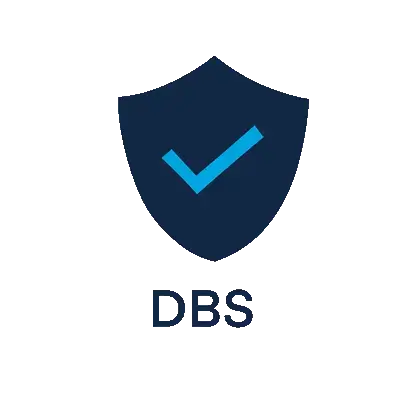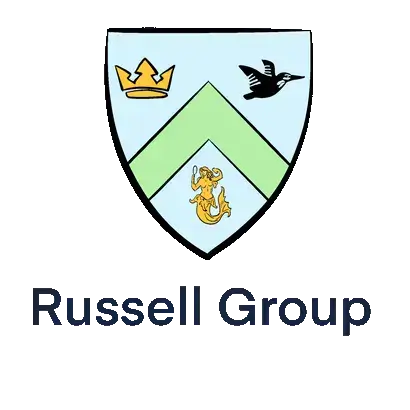What is involved in the 7+ Maths examination?
The Maths paper is based on the syllabus within the National Curriculum and is pitched at a Year 2 level. All areas of the Maths syllabus will be covered within the exam, even though children will sit the exam before the academic year ends. The exam lasts for approximately 40 minutes. The paper will include mental maths questions, written questions - where children will be required to show their working - and word problems. Some schools may have separate mental maths papers and written maths papers.Part 1: Mental arithmetic
The following checklist provides information on the topics that may be covered in the 7+ mental arithmetic exam. Your child will be expected to know the answers to the questions without calculators or written working.- Addition and subtraction facts to 20.
- Doubles and halves to 20.
- Addition and subtraction of TU and U to 50.
- State subtraction sum corresponding to a given addition, and vice versa.
- Multiplication facts – most commonly 1-5 times tables but can include 3, 4,6,7,8,9 and 10.
- Division facts corresponding to the 2,3 and 10 times tables.
- Odd and even numbers to 20.
- Recognise the place value of each digit in a two-digit number (tens and units).
- Filling in missing number sequences – counting forwards/backwards in 2s, 3s.
- Calculating halves and quarters of numbers to 20.
- Counting half and quarter of an hour – earlier or later.
- Calculating change from up to £20.
- Calculating which coins would be used to make a certain amount – up to £10.
Part 2: Written questions
The written section will include questions from the entire Y2 Maths syllabus. More information on this can be found through the National Curriculum: The table below provides a list of sample questions that may appear within the written maths paper. These questions have been sourced from the following schools: The Haberdashers’ Aske’s Boys’ School, The Perse School, Highgate School, Magdalen College School, North London Collegiate and Colet Court.|
Sample questions |
|
|
Counting |
Draw lines to match the word to the number. Circle the even numbers. |
|
Place value and ordering |
Finish partitioning these numbers: e.g. 528 = 500 + ? +8 |
|
Estimating and rounding |
Round the numbers to the nearest ten. |
|
Fractions |
Shade ½, ¼, ¾ of the square. |
|
Addition and subtraction |
Fill in the blanks: e.g. 4 + ? = 10 ? + 7 = 20 |
|
Multiplication and division |
Use the correct signs to complete the sums: (x, ÷) 5 ? 4 = 20 30 ? 6 = 5 |
|
Money |
6 cupcakes cost £.120. How much would it cost to buy 12 cupcakes? |
|
Measure |
A sunflower grows to 51cm. Another grows to 89cm. Which flower is the shortest and by how many cm? |
|
Shape and space |
How many right angles are in the following shapes: Square; triangle; circle |
Part 3: Problem solving
Within this section, children will be asked word problems and questions that require two to three calculations in order to reach the final answer. These questions will focus on the areas that have been mentioned above. The following checklist is a useful way to encourage children to select a strategy that would allow them to systematically solve a mathematical problem:- Act it out
- Make a model
- Break the problem into smaller parts
- Draw a picture or diagram
- Make a table or list
- Look for a pattern
- Estimate, check and improve
- Solve a similar problem.
Useful websites for 7+ Maths preparation
|
Activities, worksheets and games broken into Y2 maths objectives. |
|
|
Fun, interactive games broken into specific skills e.g. multiplication, division etc. |
|
|
Another great website covering all areas of maths and numeracy. |
|
|
Free worksheets supporting the Y2 maths curriculum. |
|
|
A great resource for developing quick recall of number facts. |
Practical ideas
Playing fun and engaging games is a great way to develop your child’s ability to recall number facts quickly. The following games can be adapted to focus on addition, subtraction , division or multiplication:- True or false? Show children a calculation and ask them to say if it is True or False. If false, can they make it correct? When children are confident, they can create their own True/False calculation.
- Beat the calculator – the child has to read a calculation and work out the answer, but can they beat the person who is using a calculator?
- Dice – roll 2 or more dice. Add/subtract/multiply the numbers.
Our tutors are rated 4.9 / 5 based on 1159 reviews.











